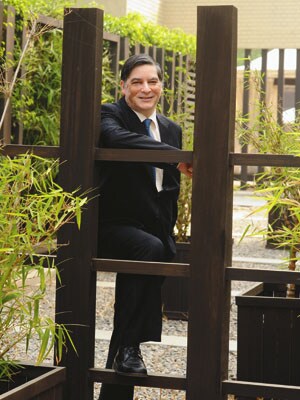
Dilip Chenoy: We Have Created A Brand India
Dilip Chenoy tells Forbes India the next step for automobile association SIAM is to make progress on environment and safety
Dilip Chenoy
Age: 52
Designation: Director General of Society of Indian Automobile Manufacturers (SIAM) till recently. Currently the CEO and managing director of National Skill Development Council (NSDC)
Education: Graduate from Delhi University
Career: Headed SIAM between 2004 and 2010 when the auto industry grew from $21 billion to $36 billion; exports grew from 590, 000 thousand to 1.8 million
Hobbies: Reading and sports management
What were some of the difficult moments during your stint at SIAM?
The biggest was to work closely with research communities who came to the table with the perception that the auto industry was responsible for 70-80 percent of the pollution in the country. That has changed a bit. Getting the industry to talk in one voice was another big challenge. Delay of the oil companies to supply oil that was Euro 3 and 4 compliant was also a difficult time.
What would you list as your major achievements?
Raising the profile of Indian auto industry would be the first. We managed to create a Brand India in the sector both inside and outside the country. We worked hard on environmental issues making ‘growth with responsibilities’ as our plank. I think our participation in WP 29 (a global body that deals with global harmonisation of automotive regulations) was a major step and we today are a part of different working groups where we play a role in shaping policies.
SIAM then and now — what’s the journey it covered with you at the helm?
I think the biggest shift has been that SIAM became an outward looking organisation from a body that was very inward looking. In 2005 Finance Minister Chidambaram came for the annual convention. We began inviting speakers from other sectors like Piyush Pandey, Chanda Kochar, and Mukesh Ambani to learn about best practices from them.
We were not just repositioning the Indian auto industry within India, but overseas as well. We began actively participating in global auto bodies like. We helped Indian industry play a role in international regulation making. For example, there is something called motorcycle testing cycle. They had collected data from all over the world (developed world) to test them. But obviously smaller commuter bikes (popular in India) could not meet the criteria. So we collected data and got them to modify the cycle to also include commuter bikes.
What kind of challenges do you see for SIAM ahead?
I think SIAM’s ability to work with multiple stakeholders to arrive at a collective decision on environment and safety is an important [challenge].
(This story appears in the 30 November, -0001 issue of Forbes India. To visit our Archives, click here.)





